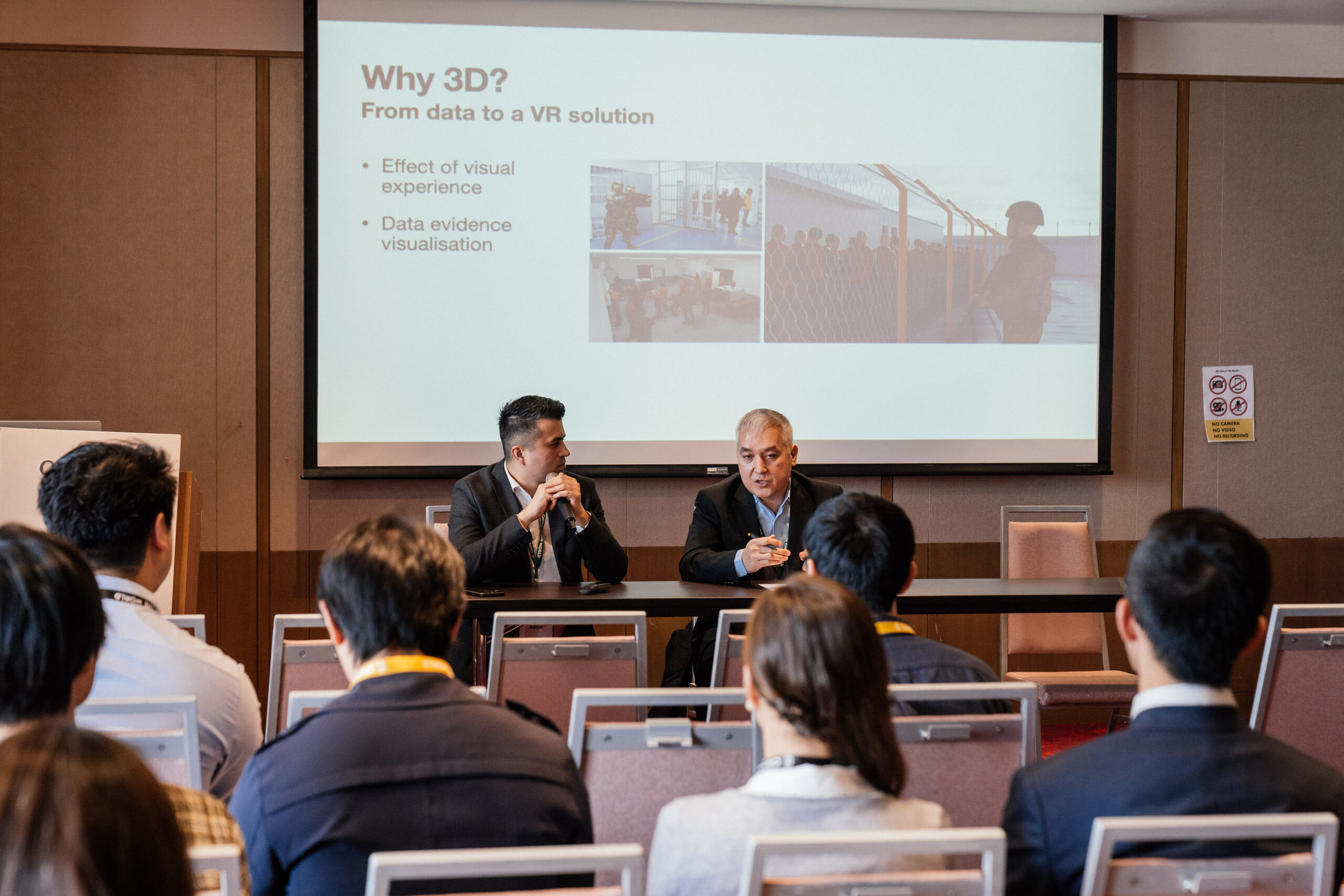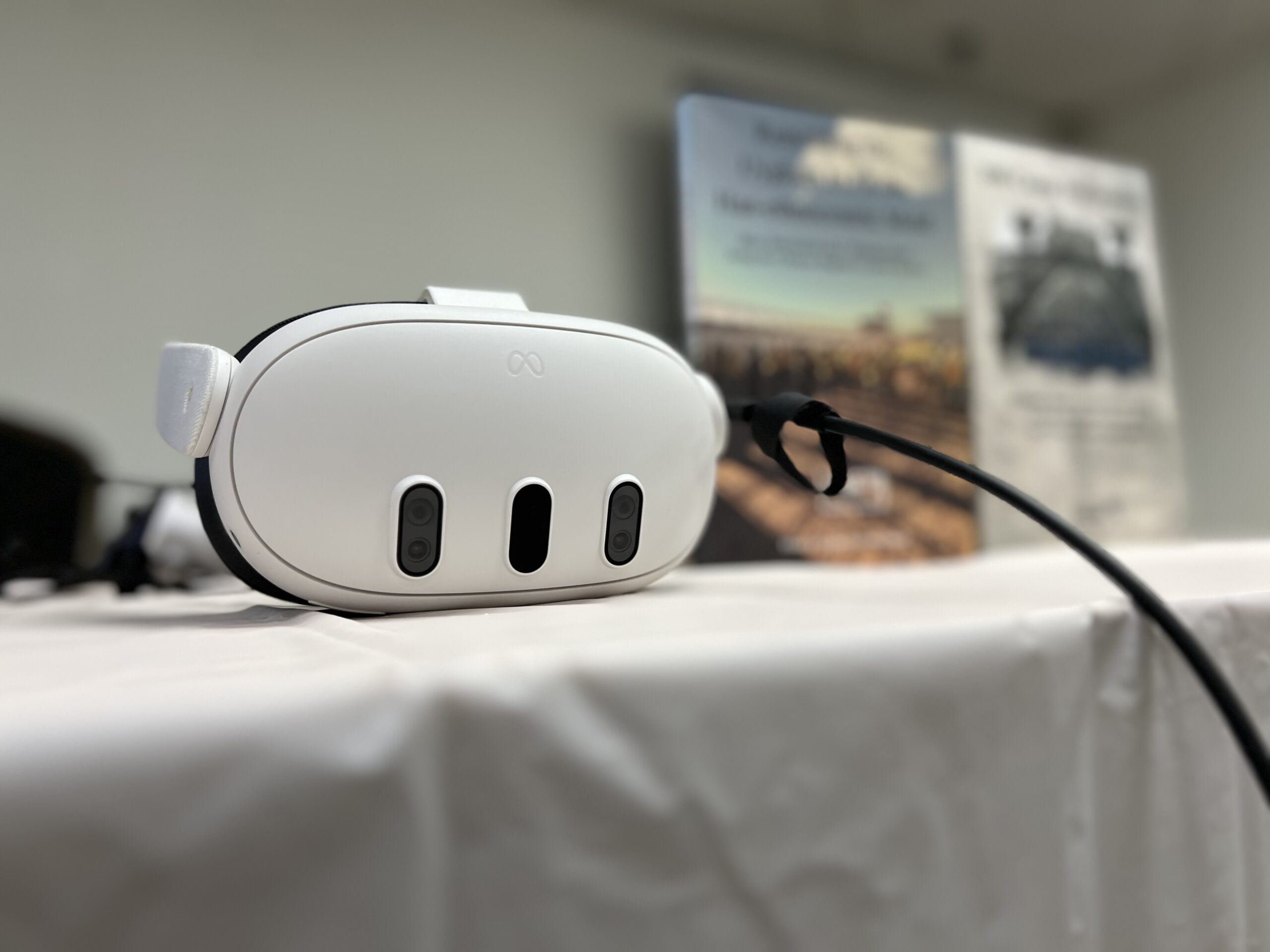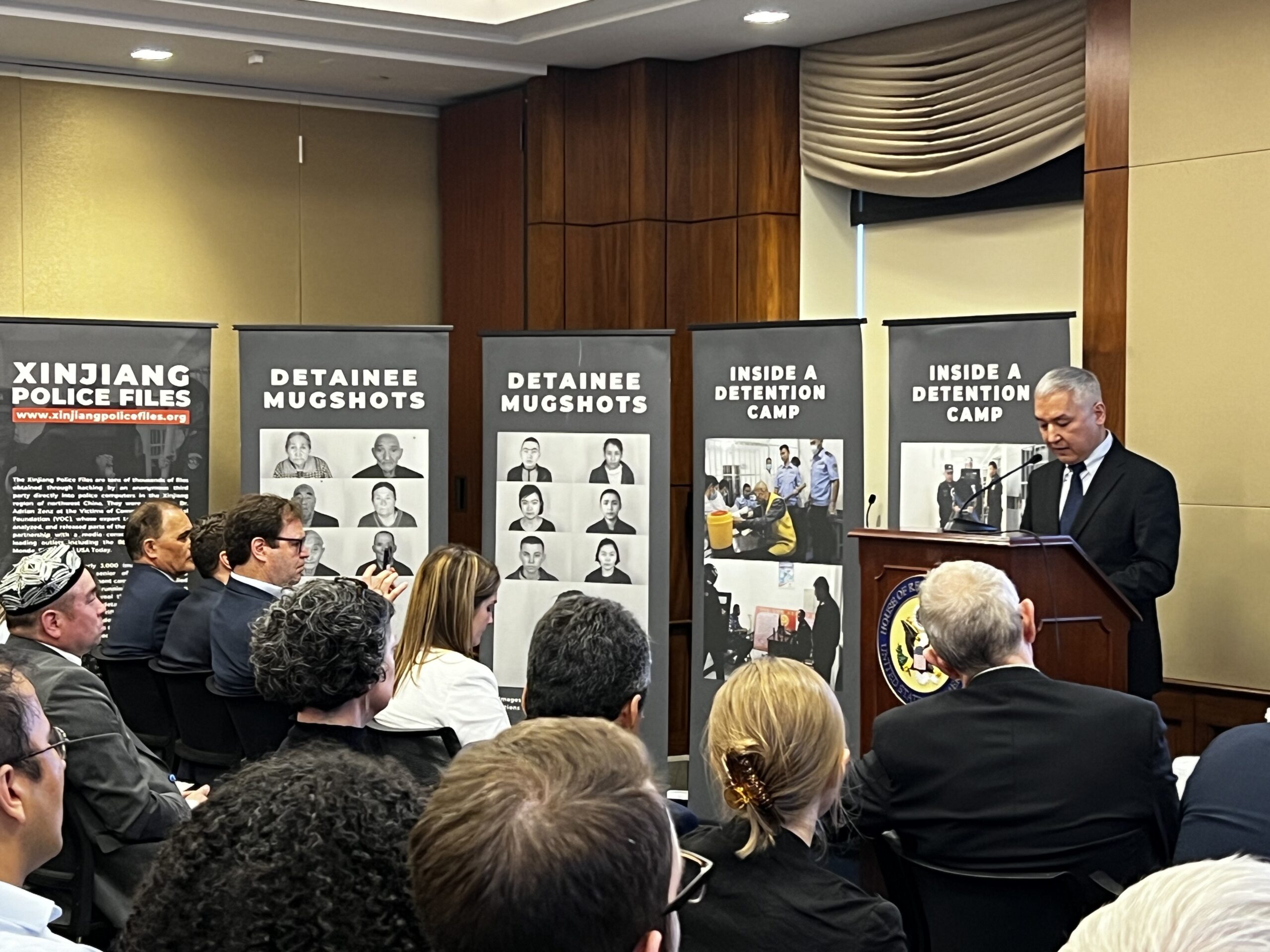In a groundbreaking endeavor to seek justice for the Uyghur population in East Turkistan, the Uyghur Transitional Justice Database (UTJD) has embarked on a pioneering journey by harnessing 3D modeling technology. This innovative approach aims to bridge the gap between data and human experience, making the harsh realities faced by Uyghur individuals palpable to a global audience.
The proposal outlines the significance of integrating 3D modeling into UTJD’s transitional justice advocacy efforts, emphasizing its potential to enhance advocacy, support accountability initiatives, and engage diverse audiences. Through immersive representations of concentration camps, UTJD combines survivor testimonies, witness accounts, high-resolution satellite imagery, and official data to construct multidimensional models that vividly depict the atrocities faced by the Uyghur community.
Adiljan Abdurihim, Project Coordinator, and Bahtiyar Ømer, Project Manager for UTJD, recently led a session at CITW discussing the utilization of 3D models in Virtual Reality for transitional justice. During the session, they provided insights into the process and work of UTJD’s dedicated 3D team, shedding light on the innovative approach to advocacy.
By integrating 3D modeling into their work, UTJD aims to amplify their advocacy efforts and ensure global awareness of the Uyghur crisis. Through collaborative efforts and innovative technologies, UTJD is committed to advancing the cause of justice and accountability for the Uyghur population.



